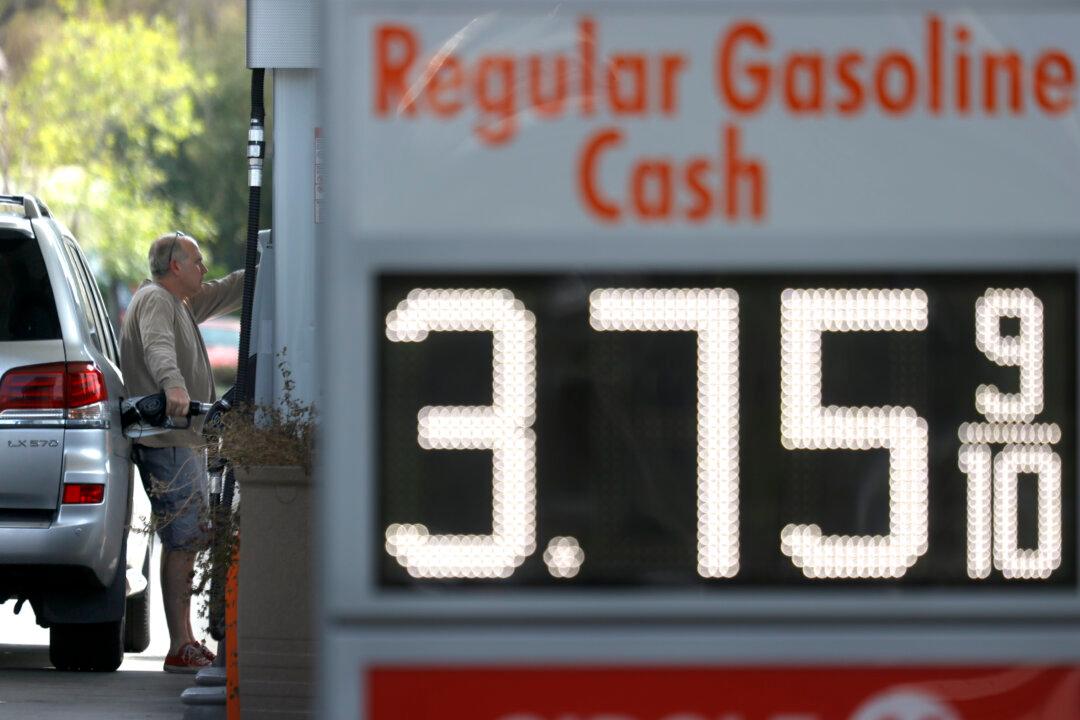News Analysis
The recent uptick in inflation is no cause for panic, although there could be more to come, particularly if the government or the Federal Reserve overreacts, several experts told The Epoch Times.


The recent uptick in inflation is no cause for panic, although there could be more to come, particularly if the government or the Federal Reserve overreacts, several experts told The Epoch Times.